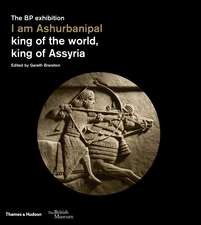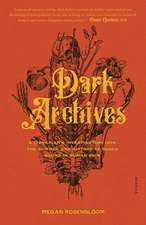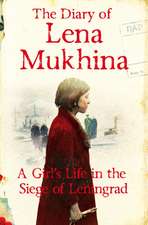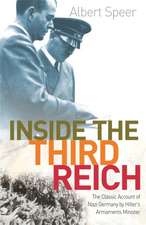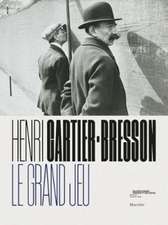Henri Cartier-Bresson
Autor Michel Frizoten Limba Engleză Hardback – 10 dec 2019
In December 1948, Henri Cartier-Bresson traveled to China at the request of Life magazine. He wound up staying for ten months and captured some of the most spectacular moments in China's history: he photographed Beijing in "the last days of the Kuomintang," and then headed back to Shanghai, where he bore witness to the new regime's takeover. Moreover, in 1958, Henri Cartier-Bresson was one of the first Western photographers to go back to China to explore the changes that had occurred over the preceding decade. The "picture stories" he sent to Magnum and Life on a regular basis played a key role in Westerners' understanding of Chinese political events. Many of these images are among the best-known and most significant photographs in Cartier-Bresson's oeuvre; his empathy with the populace and sense of responsibility as a witness making them an important part of his legacy.
Henri Cartier-Bresson: China 1948-1949, 1958 allows these photographs to be reexamined along with all of the documents that were preserved: the photographer's captions and comments, contact sheets, and abundant correspondence, as well as the published versions that appeared in both American and European magazines. A welcome addition to any photography lover's bookshelf, this is an exciting new volume on one of the twentieth century's most important photographers.
Preț: 308.67 lei
Preț vechi: 355.12 lei
-13% Nou
59.07€ • 61.30$ • 49.37£
Carte disponibilă
Livrare economică 25 februarie-11 martie
Livrare express 08-14 februarie pentru 149.89 lei
Specificații
ISBN-10: 0500545189
Pagini: 288
Ilustrații: 120 Illustrations, unspecified
Dimensiuni: 250 x 296 x 38 mm
Greutate: 2.0099999999999998 kg
Editura: Thames & Hudson
Descriere
In December 1948, Henri Cartier-Bresson traveled to China at the request of Life magazine. He wound up staying for ten months and captured some of the most spectacular moments in China's history: he photographed Beijing in "the last days of the Kuomintang," and then headed back to Shanghai, where he bore witness to the new regime's takeover. Moreover, in 1958, Henri Cartier-Bresson was one of the first Western photographers to go back to China to explore the changes that had occurred over the preceding decade. The "picture stories" he sent to Magnum and Life on a regular basis played a key role in Westerners' understanding of Chinese political events. Many of these images are among the best-known and most significant photographs in Cartier-Bresson's oeuvre; his empathy with the populace and sense of responsibility as a witness making them an important part of his legacy.
Henri Cartier-Bresson: China 1948-1949, 1958 allows these photographs to be reexamined along with all of the documents that were preserved: the photographer's captions and comments, contact sheets, and abundant correspondence, as well as the published versions that appeared in both American and European magazines. A welcome addition to any photography lover's bookshelf, this is an exciting new volume on one of the twentieth century's most important photographers.









